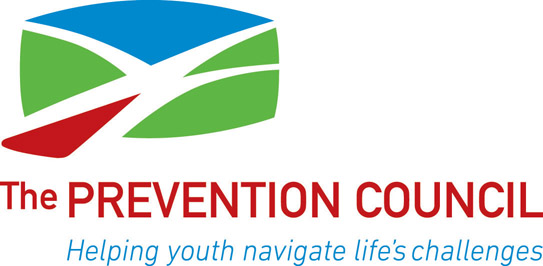April 29, 2011
By DREW KERR
Post Star
SARATOGA SPRINGS — Fewer than half of the students at Saratoga Springs High School used drugs or alcohol on a regular basis, according to a survey released this week by the Saratoga Partnership for Prevention.
Local prevention experts said they plan to draw on that finding, a first since the annual surveys began a decade ago, as they try to combat what they describe as pervasive false perceptions among students.
“We do focus groups in addition to these surveys, and kids will tell you that they think everyone in high school smokes pot or that everyone in high school drinks,” partnership coordinator Maureen Cary said. “As soon as kids start to perceive that, use rates triple.”
The gap between perception and reality is most acute at the high school level, according to the survey results.
Eighth-grade students included in the study, for example, estimated that around 15 percent of their peers had used alcohol within the previous 30 days, while fewer than 10 percent said they had used alcohol themselves in that period.
Students in ninth grade, meanwhile, assumed nearly half of their fellow class members consumed alcohol sometime over the previous month, while a little more than 20 percent reported doing so themselves.
A similar pattern was seen when surveyors asked students about marijuana use. More than 40 percent of ninth-grade students said they thought their peers had used marijuana within the previous month, while just 10 percent said they had done so.
Prevention officials said more can and should be done to accentuate the gap between actual and perceived use.
Part of that effort is a new “social norms” campaign that will launch this month to highlight the number of students who are not using drugs or alcohol, a group that has steadily climbed since the partnership began its survey efforts 10 years ago.
“Instead of promoting the number of kids who are using, what we want to do is flip that and highlight the number of kids who aren’t using,” Cary said.
Students aren’t the only ones with skewed perceptions, however.
In an online survey of 500 parents conducted by the partnership, 86 percent said they did not believe their oldest child ever drinks.
Ninety-four percent of parents, meanwhile, said they believed their rules about drug and alcohol use were “very clear,” while just 77 percent of students said they felt their parents’ expectations were clear.
The survey results also found parents believed there was less risk involved with marijuana and alcohol than with cigarettes and other illegal drugs, and that use rates among students reflected those attitudes.
A third of parents surveyed said they believed students should be allowed to experiment with alcohol at home.
“The most critical thing in all of this is that parents’ perception can contribute positively or negatively,” Cary said. “So the best thing they can do is be clear in their message.”
Overall, though, prevention officials said they are pleased with the trend that has emerged since the survey was first conducted in 2000.
The number of students who said they used alcohol, smoked cigarettes or used marijuana has steadily declined at each grade level, a pattern officials said is reflected in national numbers and can be attributed to aggressive education campaigns.
Still, there is work to be done. Local use rates remain above the national average, and the reported use of prescription drugs, while still small, is a cause for concern, officials said.
“The gap is closing, and that is good news,” Cary said. “But we need to be vigilant, and we need to be aware, and we need everyone on board.”
